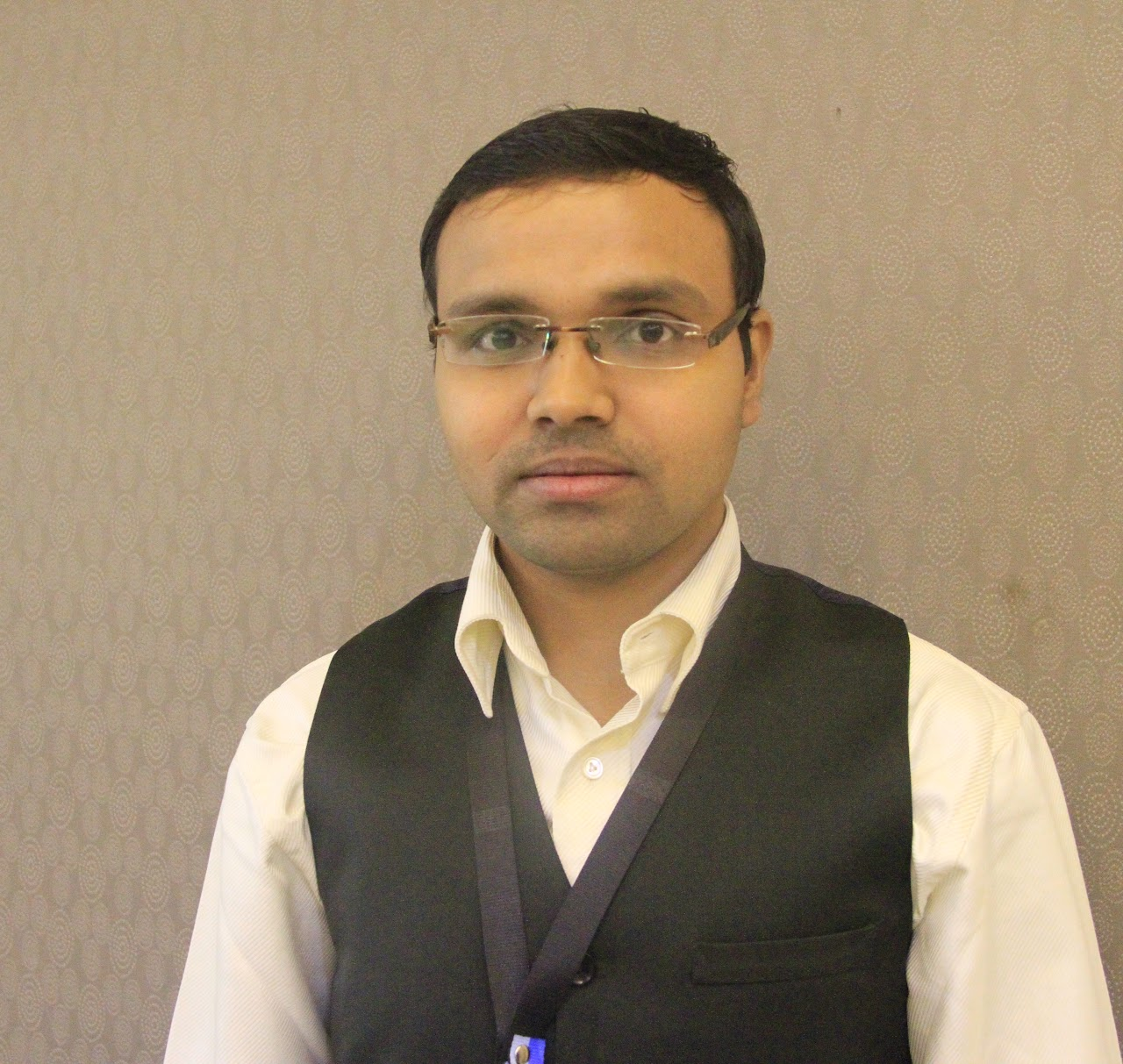Bio-inspired-novel Materials as a Catalyst for Assessing Aquatic Pollutants

Special Issue Information
All parts of ecosystems and human societies depend on water. Unfortunately, the availability and quality of water supplies are in jeopardy due to global population growth and ongoing industrial expansion. To be more specific, as a result of growing anthropogenic activity, we are witnessing an increase in a variety of aquatic contaminants, including diseases, microplastics, chemicals, and heavy metals. Such contamination can have negative effects on both flora and animals. In this context, there is an increasing need for quick and simple sensing methods to identify these contaminants, which can then lead to the adoption of corrective actions. Sensors are useful tools for determining the quality of the water. As liquids (water) are a crucial component of optofluidic structures' structural makeup, they are especially appealing for detecting aquatic pollutants. Additionally, optofluidic sensors meet the primary criteria for monitoring water quality, including having high sensitivity and low detection limits, allowing multicomponent recognition, which is essential for differentiating between different types of water pollutants, and, most importantly, being able to operate in real-time and continuous monitoring modes. The objective of this Special Issue is to provide a thorough evaluation of contemporary systems using cutting-edge material-based technologies as multimodal water contaminant sensors, or a sensor that can quickly identify and classify water pollutants. In order to truly innovate solutions for quick diagnosis, prevention of further treatment, and remediation operations, we therefore plan to examine full smart sensing solutions and systems from the standpoint of their most promising applications. Topics of interest include, but are not limited to, the following sensing architectures:
• Photonic bandgaps materials
• Micro- and nanofluidic platforms
• Remote and network sensors (IoT sensors and wireless sensor network)
• Microscopy and spectroscopy
• Metal-Organic Frameworks
• 2 D materials
• Hybrid photonics
• Acousto-optic Effect
• Plasmonic sensing solutions
• Nanosensors (nanopores, nanowires, plasmonic, meta-materials)
• Machine and deep-learning assisted methods









